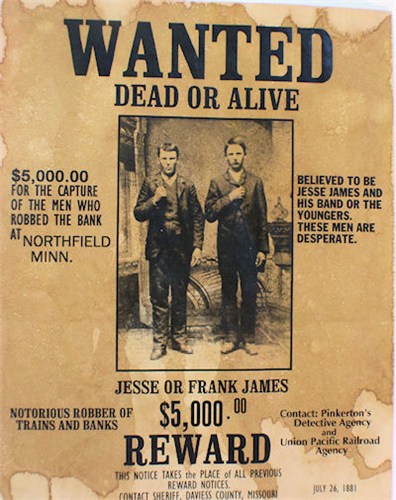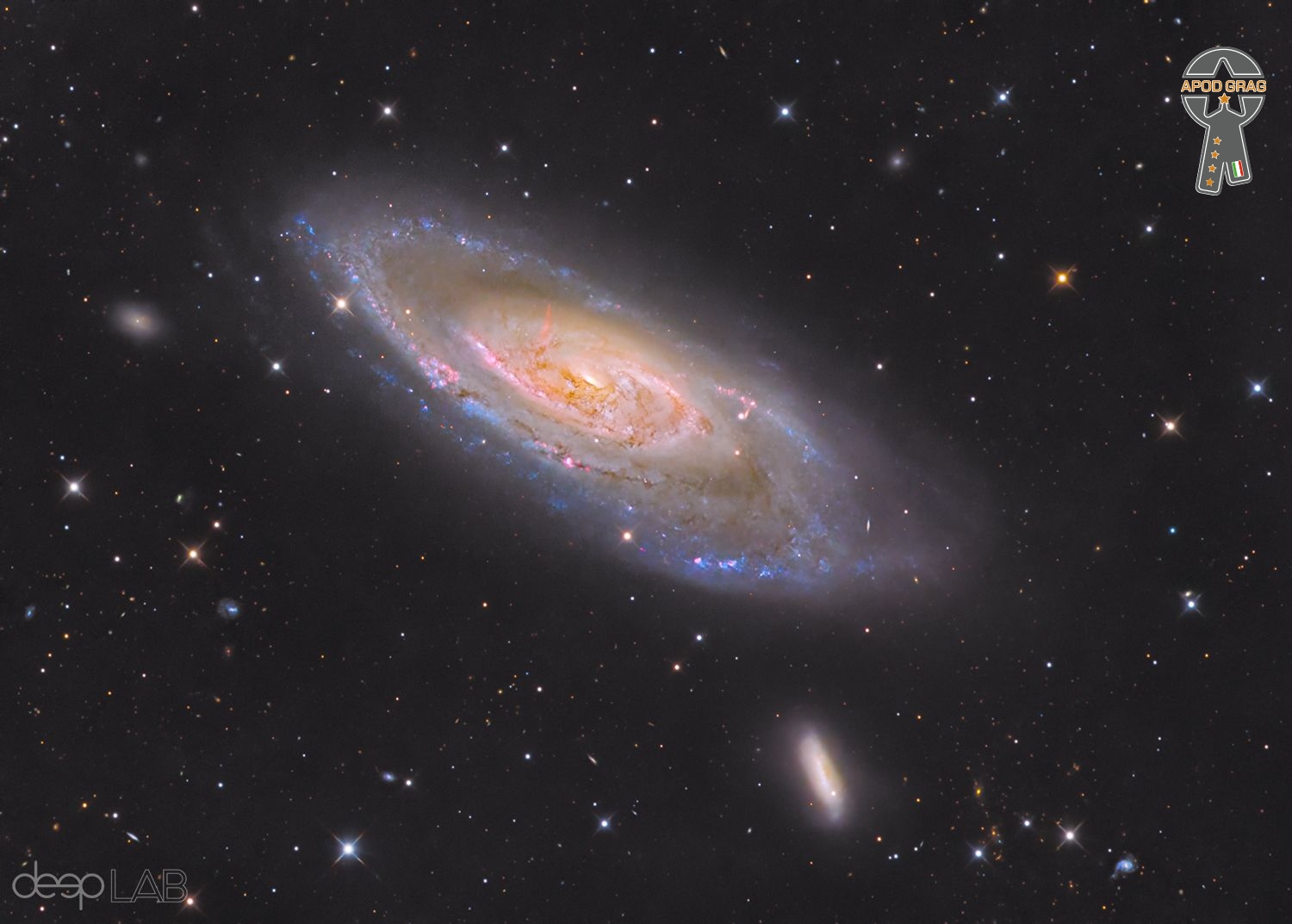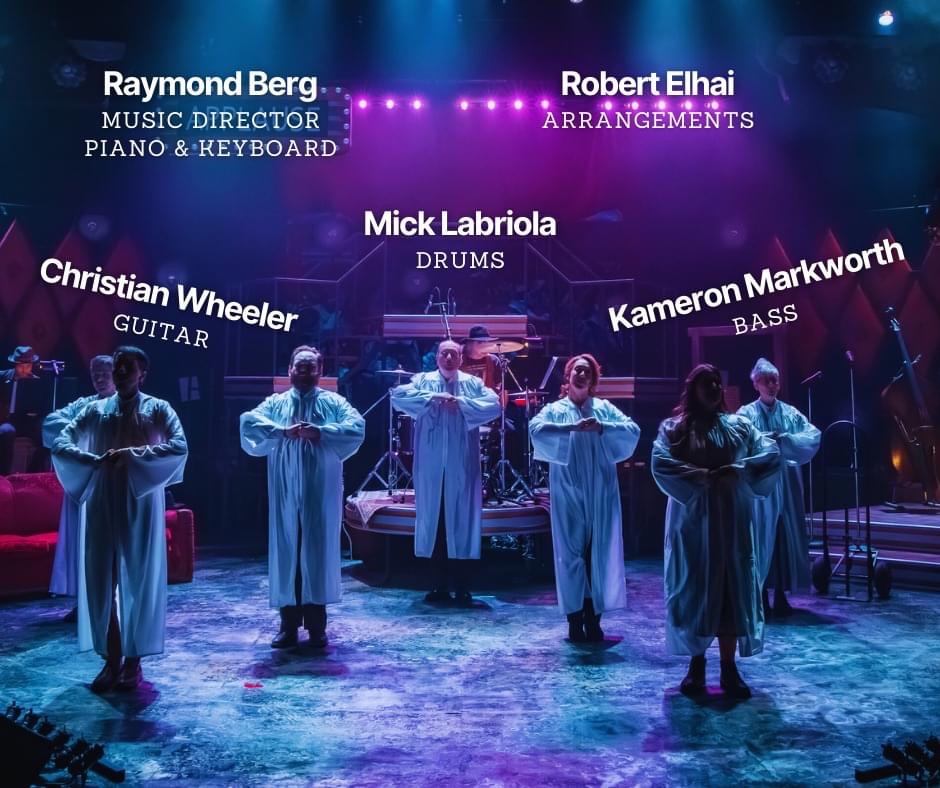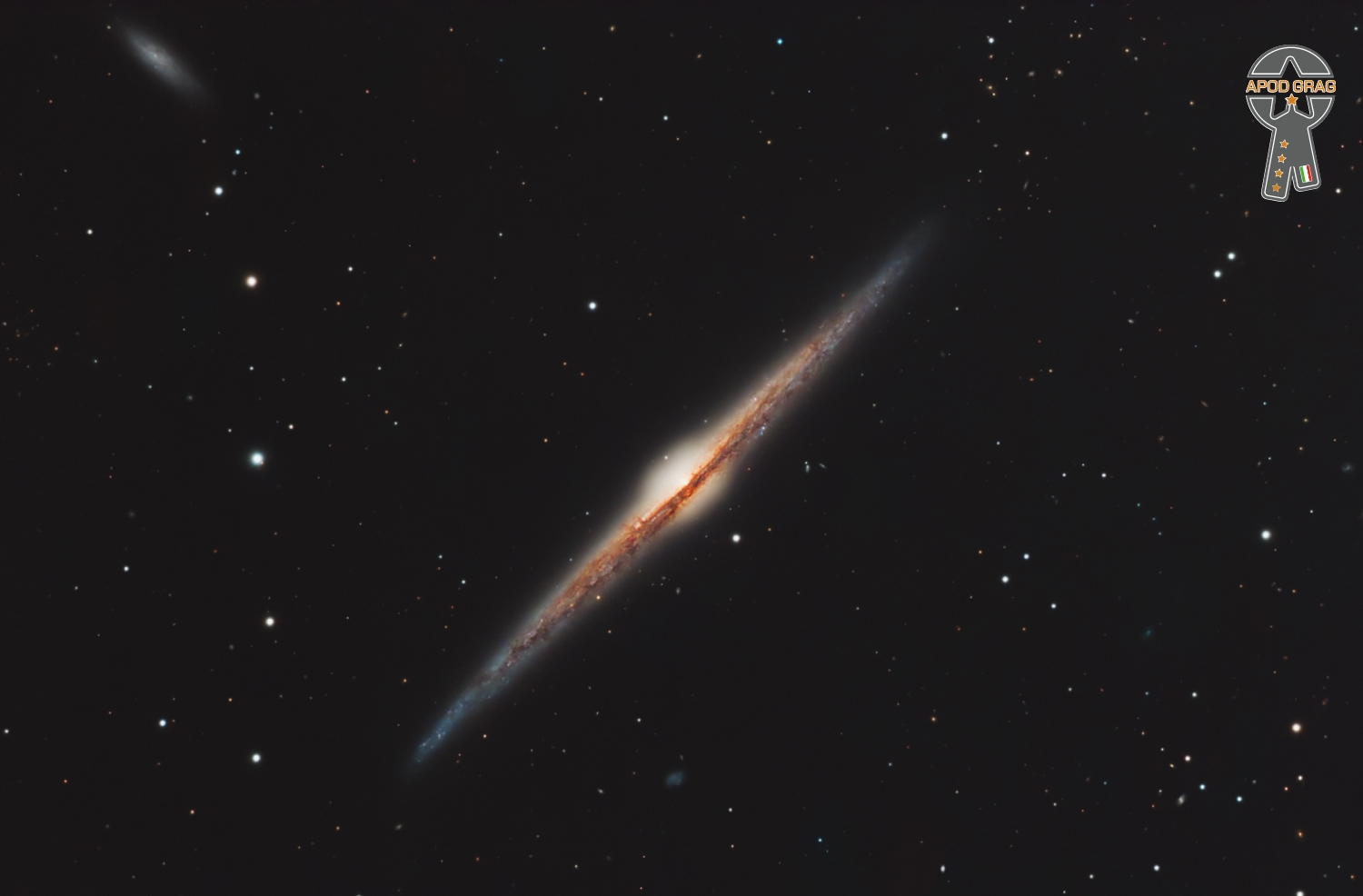Blog
Here is a close-up view of a region of NGC 1499. If the shape of this cosmic cloud seen as a whole in many beautiful pictures evokes California, then we are here in the Sierra Nevada mountains! The shapes carved in the gas and dust clouds and the impression of relief reinforce this comparison with the famous American region and I found it interesting to frame this part of the nebula where the ionized gas erodes and spreads out into space.
The amount of signal and detail on the S and H layers is quite impressive, while the O layer is weak and diffuse but sufficient to offer the possibilities of a nice mix. Of course and as usual, the SHO rendering leaves room for color mapping and interpretation which make the processing very funny with interesting artistic possibilities, while respecting the distribution of the components of this beautiful object.

Nathaniel Adderley Jr. (born May 23, 1955) is an American pop and rhythm and blues music arranger and pianist who spent much of his music career arranging as music director for Luther Vandross tours and contributed as co-songwriter on most of Vandross’s albums. His father Nat Adderley (1931–2000) was a composer and jazz cornet and trumpet player, while his uncle Cannonball Adderley (1928–1975) was a jazz alto saxophonist.
Nat Adderley Jr. was born in Quincy, Florida, on May 23, 1955. The scion of a famed jazz family, he grew up in Teaneck, New Jersey, moving to that suburban New York City community with his family when he was five years old. He started playing piano as a child and had his first song, “I’m on My Way”, recorded by his uncle Cannonball on the 1967 album Why Am I Treated So Bad! by the Cannonball Adderley Quintet when the young Nat Adderley was only 11 years old. While at the Fiorello H. LaGuardia High School of Music & Art and Performing Arts in New York City, Adderley first met Luther Vandross, who attended Taft High School in the Bronx. Adderley would end up spending much of his musical career with Vandross. He attended Yale University, graduating with a degree in African American studies.
more...Donald Moye, Jr. (born May 23, 1946), known as Famoudou Don Moye, is an American jazzpercussionist and drummer. He is most known for his involvement with the Art Ensemble of Chicago and is noted for his mastery of African and Caribbean percussion instruments and rhythmic techniques.
Moye was born in Rochester, New York, United States, and performed in various drum and bugle corps(including the Rochester Crusaders) during his youth, as well as church choir. Moye has commented that he really “didn’t have an affinity for the bugle… and just kind of gravitated towards drums.” He also took violin lessons during this time. Moye was exposed to jazz at an early age since his mother worked for a local social club, that had a jazz club next door, which hosted musicians such as Kenny Burrell and Jimmy McGriff. His family was also musically inclined; his uncles played saxophones and his father played drums. Also, his mother used to take him to various performances as a child, such as “opera under the stars” and to see Mahalia Jackson.
more...Robert Arthur Moog (/moʊɡ/ MOHG; May 23, 1934 – August 21, 2005 NY, NY) was an American engineer and electronic music pioneer. He was the founder of the synthesizer manufacturer Moog Music and the inventor of the first commercial synthesizer, the Moog synthesizer, which debuted in 1964. In 1970, Moog released a more portable model, the Minimoog, described as the most famous and influential synthesizer in history. Among Moog’s honors are a Technical Grammy Award, received in 2002, and an induction into the National Inventors Hall of Fame.
By 1963, Moog had been designing and selling theremins for several years while working toward a PhD in engineering physics at Cornell University. He developed his synthesizer in response to demand for more practical and affordable electronic-music equipment, guided by suggestions and requests from composers. Moog’s principal innovation was the voltage-controlled oscillator, which uses voltage to control pitch. He also introduced fundamental synthesizer concepts such as modularity, envelope generation and the pitch wheel. He is credited with introducing synthesizers to a wider audience and influencing the development of popular music.
Moog pursued his work as a hobby, and he is regarded as a poor businessman. His only patent was on his filter design; commentators have speculated that he would have become extremely wealthy had he patented his other innovations, but that their availability in the public domain helped the synthesizer industry flourish.
In 1971, Moog sold Moog Music to Norlin Musical Instruments, where he remained as a designer until 1977. In 1978, he founded the company Big Briar, and in 2002 he renamed it Moog Music after reacquiring the rights to the name. In later years, Moog taught at the University of North Carolina at Asheville and worked on designs for further instruments. He died at the age of 71 from a brain tumor.
more...The jellyfish galaxy JW39 hangs serenely in this image from the NASA/ESA Hubble Space Telescope. This galaxy lies over 900 million light-years away in the constellation Coma Berenices, and is one of several jellyfish galaxies that Hubble has been studying over the past two years.
Despite this jellyfish galaxy’s serene appearance, it is adrift in a ferociously hostile environment; a galaxy cluster. Compared to their more isolated counterparts, the galaxies in galaxy clusters are often distorted by the gravitational pull of larger neighbours, which can twist galaxies into a variety of weird and wonderful shapes. If that was not enough, the space between galaxies in a cluster is also pervaded with a searingly hot plasma known as the intracluster medium. While this plasma is extremely tenuous, galaxies moving through it experience it almost like swimmers fighting against a current, and this interaction can strip galaxies of their star-forming gas.
This interaction between the intracluster medium and the galaxies is called ram-pressure stripping, and is the process responsible for the trailing tendrils of this jellyfish galaxy. As JW39 has moved through the cluster the pressure of the intracluster medium has stripped away gas and dust into long trailing ribbons of star formation that now stretch away from the disc of the galaxy.
Astronomers using Hubble’s Wide Field Camera 3 studied these trailing tendrils in detail, as they are a particularly extreme environment for star formation. Surprisingly, they found that star formation in the ‘tentacles’ of jellyfish galaxies was not noticeably different from star formation in the galaxy disc.
[Image Description: A spiral galaxy. It is large in the centre with a lot of detail visible. The core glows brightly and is surrounded by concentric rings of dark and light dust. The spiral arms are thick and puffy with grey dust and glowing blue areas of star formation. They wrap around the galaxy to form a ring. Part of the arm is drawn out into a dark thread above the galaxy, and dust from the arm trails off to the right.]

Elek Bacsik (22 May 1926 – 14 February 1993) was a Hungarian-American jazz guitarist and violinist. He was the cousin of guitarist Django Reinhardt.
Bacsik was born in Budapest, Hungary. He was the son of Árpád Bacsik and Erzsébet Pócsi. He studied classical violin at the Budapest Conservatory before moving to jazz guitar. He worked in a big band with Jozsef Quitter and Geza Szabo and recorded for the first time in his career with this band in 1943. A few years later he went on tour in Europe and Lebanon with Mihaly Tabanyi. He was hired by Renato Carosone to be in a quartet with Peter Van Wood and Gegè Di Giacomo in which he played bass, violin, and guitar. When he lived in Paris, he accompanied American musicians who were passing through, such as Lou Bennett, Dizzy Gillespie, Quentin Jackson, Art Simmons, and Clark Terry.
more...Le Sony’r Ra (born Herman Poole Blount, May 22, 1914 – May 30, 1993), better known as Sun Ra, was an American jazz composer, bandleader, piano and synthesizer player, and poet known for his experimental music, “cosmic” philosophy, prolific output, and theatrical performances. For much of his career, Ra led “The Arkestra”, an ensemble with an ever-changing name and flexible line-up.
Born and raised in Alabama, Blount became involved in the Chicago jazz scene during the late 1940s. He soon abandoned his birth name, taking the name Le Sony’r Ra, shortened to Sun Ra (after Ra, the Egyptian god of the Sun). Claiming to be an alien from Saturn on a mission to preach peace, he developed a mythical persona and an idiosyncratic credo that made him a pioneer of Afrofuturism. Throughout his life he denied ties to his prior identity saying, “Any name that I use other than Ra is a pseudonym.” His widely eclectic and avant-garde music echoed the entire history of jazz, from ragtime and early New Orleans hot jazz, to swing music, bebop, free jazz and fusion. His compositions ranged from keyboard solos to works for big bands of over 30 musicians, along with electronic excursions, songs, chants, percussion pieces, and anthems.
From the mid-1950s until his death, Ra led the musical collective The Arkestra (which featured artists such as Marshall Allen, John Gilmore and June Tyson throughout its various iterations). Its performances often included dancers and musicians dressed in elaborate, futuristic costumes inspired by ancient Egyptian attire and the Space Age. Following Ra’s illness-forced retirement in 1992, the band remained active as The Sun Ra Arkestra, and, as of 2022, continues performing under the leadership of veteran Ra sideman Marshall Allen.
Though his mainstream success was limited, Sun Ra was a prolific recording artist and frequent live performer, and remained influential throughout his life for his music and persona. He is now widely considered an innovator; among his distinctions are his pioneering work in free improvisation and modal jazzand his early use of electronic keyboards and synthesizers. Over the course of his career, he recorded dozens of singles and over one hundred full-length albums, comprising well over 1,000 songs, making him one of the most prolific recording artists of the 20th century.
He was born Herman Blount on May 22, 1914, in Birmingham, Alabama, as discovered by his biographer, John F. Szwed, and published in his 1998 book, Space Is the Place: The Lives and Times of Sun Ra. He was named after the popular vaudeville stage magician Black Herman, who had deeply impressed his mother. He was nicknamed “Sonny” from his childhood, had an older sister and half-brother, and was doted upon by his mother and grandmother.
more...
Messier 106 (also known as NGC 4258) is an intermediate spiral galaxy in the constellation Canes Venatici. It was discovered by Pierre Méchain in 1781. M106 is at a distance of about 22 to 25 million light-years away from Earth. M106 contains an active nucleus classified as a Type 2 Seyfert, and the presence of a central supermassive black hole has been demonstrated from radio-wavelengthobservations of the rotation of a disk of molecular gas orbiting within the inner light-year around the black hole. NGC 4217 is a possible companion galaxy of Messier 106.
Two supernovae have been observed in M106: SN 1981K (type II, mag. 17), and SN 2014bc (type II, mag. 14.8)

Joe was the youngest of four Byrd brothers who grew up in Chuckatuck, in Virginia’s Tidewater region. Their father was a farmer who ran a country store that was a gathering place for local musicians, black and white. Joe and Charlie learned guitar from their father, and they played hillbilly music and country blues.
After serving in the U.S. Army, Joe went to the Peabody Institute in Baltimore on the G.I. Bill to study classical bass. But blues and jazz were his passion. In addition to playing with his brother, Joe accompanied pianist Teddy Wilson, singers Jimmy Witherspoon and Mose Allison, and saxophonist Coleman Hawkins.
Charlie died in 1999, and Joe decided — at age 66 — to step into the spotlight. He made his debut album as a leader in 2001 with Basically Blues, an album of blues and jazz standards on which he also sings with a distinctive Southern drawl that recalls Mose Allison. Over the next seven years, he self-released five more albums, ranging from a tribute to his late brother to a Django Reinhardt-inspired trio disc to a collection of duets with guitarist Howard Alden that really shows off his bass playing.
Like Charlie, Joe was a man of few words — quiet and polite in a Southern way — but also very friendly. He always seemed genuinely happy to see you. There was a good bit of that in his bass playing: warm and full, with a sharp, precise attack that reflected his classical training.
Joe Byrd retired from public performance two years ago. But he and his wife continued producing and promoting jazz concerts by other artists in the Annapolis, Md., area where he lived. Fittingly, he continued supporting musicians his entire life.
He was also guitarist Charlie Byrd’s younger brother. Charlie came to international attention in 1962 with his album Jazz Samba. Recorded in a church in Washington, D.C., with guest saxophonist Stan Getz, it produced a Top 20 pop hit with the Antonio Carlos Jobim tune “Desafinado.” The album reached No. 1 on the Billboard 200 and helped launch the bossa nova craze in the U.S.
Joe played rhythm guitar and a little bass on Jazz Samba. (His given name was Gene Byrd, and that’s how he’s credited on the album.) Charlie became a jazz star and Joe happily backed him up for four decades. Here’s a later clip of the Charlie Byrd Trio, with Chuck Redd on drums.
Born May 21, 1920 in West Memphis, AR Died June 20, 1991 in Chicago, IL
Some folks called Chicago harpist Little Willie Anderson “Little Walter Jr.,” so faithfully did Anderson’s style follow that of the legendary harp wizard. But Anderson was already quite familiar with the rudiments of the harmonica before he ever hit the Windy City, having heard Sonny Boy Williamson, Robert Nighthawk, and Robert Jr. Lockwood around West Memphis. Anderson came to Chicago in 1939, eventually turning pro as a sideman with Johnny Young. Anderson served as Walter‘s valet, chauffeur, and pal during the latter’s heyday, but his slavish imitations probably doomed any recording possibilities for Anderson — until 1979, that is, when Blues On Blues label boss Bob Corritore escorted him into a Chicago studio and emerged with what amounts to Anderson’s entire recorded legacy.
Larance Norman Marable (May 21, 1929 – July 4, 2012) was a jazz drummer from Los Angeles, California.
Marable was born in Los Angeles on May 21, 1929. His family was musical, but he was largely self-taught.
In the 1950s, Marable played with musicians who were visiting Los Angeles; these included Dexter Gordon, Charlie Parker, and Zoot Sims. Marable recorded as a leader in 1956. He also recorded with George Shearing, Chet Baker, Milt Jackson, and other well-known musicians. Drug problems led to Marable stopping playing in the 1960s. His career resumed in the mid-1970s, after he had ended his drug addiction. He toured with Supersax and Bobby Hutcherson in the 1970s, and was a member of Charlie Haden‘s Quartet West in the 1980s and 1990s. Marable had a stroke in the 2000s and lived in a health care facility. He died in Manhattan on July 4, 2012.
https://www.youtube.com/watch?v=4NNHYoKFQSI&list=PL0q2VleZJVEm1MKC-RMk2ozEP_LWAQTwq&index=4
more...https://www.youtube.com/watch?v=8sqhVrXprQE
more...
NGC 4565 (also known as the Needle Galaxy or Caldwell 38) is an edge-on spiral galaxy about 30 to 50 million light-years away in the constellation Coma Berenices. It lies close to the North Galactic Pole and has a visual magnitude of approximately 10. It is known as the Needle Galaxy for its narrow profile. First recorded in 1785 by William Herschel, it is a prominent example of an edge-on spiral galaxy.

More Posts
- David Crosby Day
- Son Seals Day
- Stuff Smith Day
- World Music with Lingua Franca Ensemble
- Daily Roots with Bunny Wailer
- The Cosmos with NGC 2736
- Mulgrew Miller Day
- George Shearing Day
- World Music with Tabanka
- Daily Roots with Prodigal Creator
- The Cosmos with Meteor M31
- Pat Metheny Day
- Papa Joe Jones Day
- World Music with Elle Márjá Eira
- Daily Roots with Stranger Cole
- The Cosmos with NGC 6357
- Vikku Vinayakram Day
- Bruz Freeman Day
- World Music with the Bushmen & Himba
- Daily Roots with the Dynamics